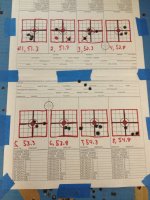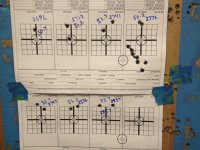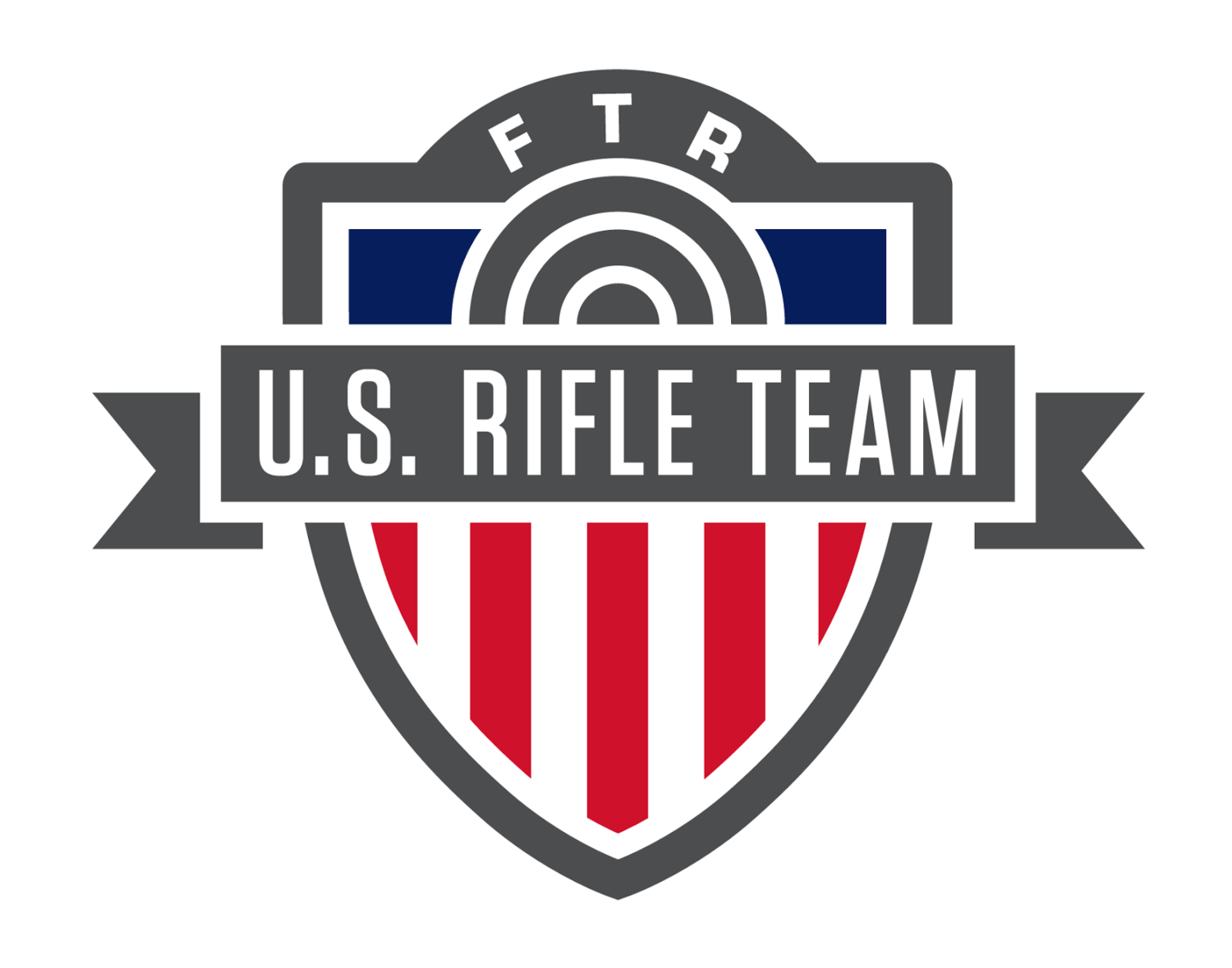Didn't the witch doctors testing confirm that primer seating depth does matter as well? That's a different question than "is it relevant to my shooting?" Just like other more tedious parts of reloading, each person decides how far they want to go to achieve meaningful improvement in accuracy.No, actually it is.
This is why people talk about primer crush with his system.
Again, you are way out of your depth here with knowledge.
Do you even know what the average variance is for primer pocket depth?
Do you know what the average variance is for primer height?
Do you know how much any of that changes things?
The answer is no. You’ve self admitted before you shoot 1500 rounds a year or less. And you’re bashing a product you haven’t used.
I’m not saying it’s going to make better ammo for people shooting steel. But I’m absolutely saying you don’t have any data to show.
There are two different main things being argued here. 1. Does primer seating depth make a difference in accuracy? 2. Does any difference that primer seating depth may effect, make it worthwhile to pursue in my shooting?




